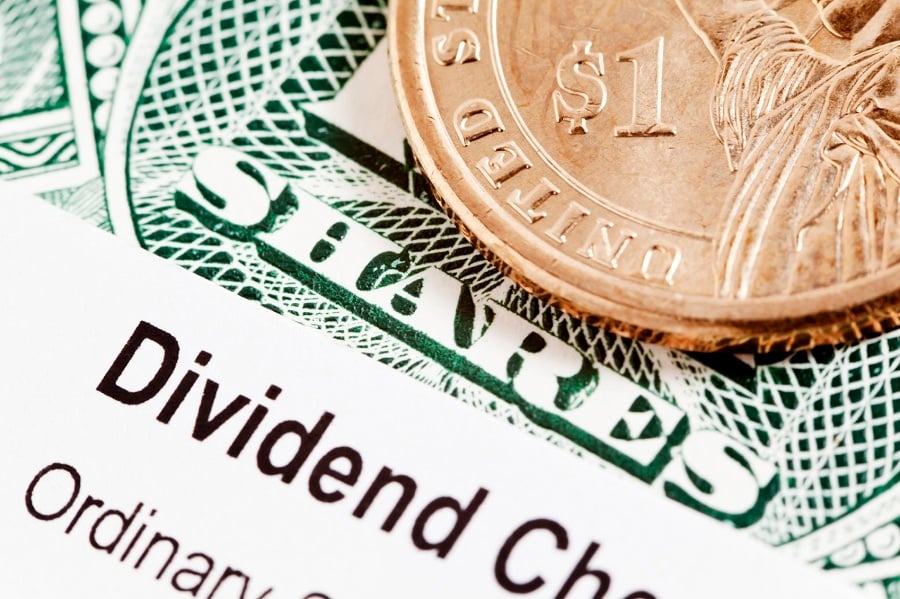U.S. investors are anxious about their dividends.
The effort to fight coronavirus is choking the economy, and many companies are scrambling to shore up cash as sales vanish, which most likely will include a temporary
decrease or deferral of dividends. The government might even ask companies that want assistance to suspend all distributions to shareholders, as Germany is doing to prevent bailout money from landing in shareholders’ pockets.
It couldn’t have come at a worse time. A growing number of investors have
turned to dividends for income in recent years as bond yields have sunk to once unimaginable lows. Many of them now fear a one-two blow to their income and savings — that dividends will be cut and that those cuts will cause stock prices to decline further.
A look at recent downturns, however, suggests that those fears are overdone. The historical data on dividends per share for S&P 500 companies stretch back to 1871, thanks to numbers compiled by Yale professor Robert Shiller. But the latter half of the data is most relevant because distributions to shareholders, as measured by dividends as a percentage of earnings, have fallen sharply since World War II, which has given companies more room to navigate the occasional shocks.
Cash hoard
The numbers show that dividends were often cut during downturns, although not always and not by much. There have been 10 bear markets since 1948, excluding the current one, as defined by a 20% or greater decline in the S&P 500 Index. In five of them, dividends continued to grow. In four of the remaining five, dividends declined but the cuts were hardly earth-shattering. The average peak-to-trough decline was just 4%, and it didn’t take long for dividends to recover. The average number of years from peak to recovery, or the time it took for dividends to climb back to their previous high, was 2.5 years.
The one outlier is the freshest in investors’ minds, which may explain their anxiety. Dividends declined 24% during the 2008 financial crisis, by far the worst slide since 1948, and it took them four years to recover to their pre-crisis peak.
But this isn’t the financial crisis, which was an outlier in other important ways. For one, earnings per share for the S&P 500 tumbled 92% from June 2007 to March 2009, the worst earnings recession since formal accounting rules were adopted in 1939 and much worse than the Great Depression.
The financial crisis also squeezed the dividends of an entire sector, which has among the highest percentage of dividend payers of S&P 500 sectors. Sure, it’s possible that this earnings recession will rival the last one, but not even the wariest Wall Street analysts are that bearish.
It’s also a mistake to assume that lower dividends will cause stock prices to decline further. A feature of stock markets is that they tend to augur declines in earnings and dividends rather than the other way around. During the five bear markets since 1948 in which dividends declined, stock prices fell first, so it’s more likely that investors have already paid the price for expected dividend declines.
The rest of the time, there’s no apparent relationship between changes in dividends and stock prices, at least in the near term. The correlation between year-over-year changes in S&P 500 dividends and price, for example, was 0.06 from 1948 to 2019, which is to say no correlation at all. (A correlation of 1 implies that two variables move perfectly in the same direction, whereas a correlation of negative 1 implies that two variables move perfectly in the opposite direction.)
Of course, when it comes to individual stocks, all bets are off because any one company can struggle for years or fail altogether. But few investors are betting on one company, or even just a handful of them. More often, they assemble a broad basket of stocks or hand their money to stock funds, both of which more closely resemble broad market gauges such as the S&P 500.
Still, when confronted with the market’s historical record, a common response is that this crisis isn’t comparable to previous ones — that the coronavirus isn’t merely a speed bump but a longer-lasting drag on the U.S. economy and businesses. That may prove to be true, but let’s be mindful that just a few months ago, the “this time is different” chorus was howling that U.S. companies had reached a new plateau of high profits that justified seemingly any stock price.
As we now know, it wasn’t different then and it’s probably not different now. There are many important things to worry about in the fight against coronavirus. Investors need not add dividends to that list.
[More: Schwab's next target? Financial advisers]
Nir Kaissar is a Bloomberg Opinion columnist covering the markets and the founder of Unison Advisors, an asset management firm.







